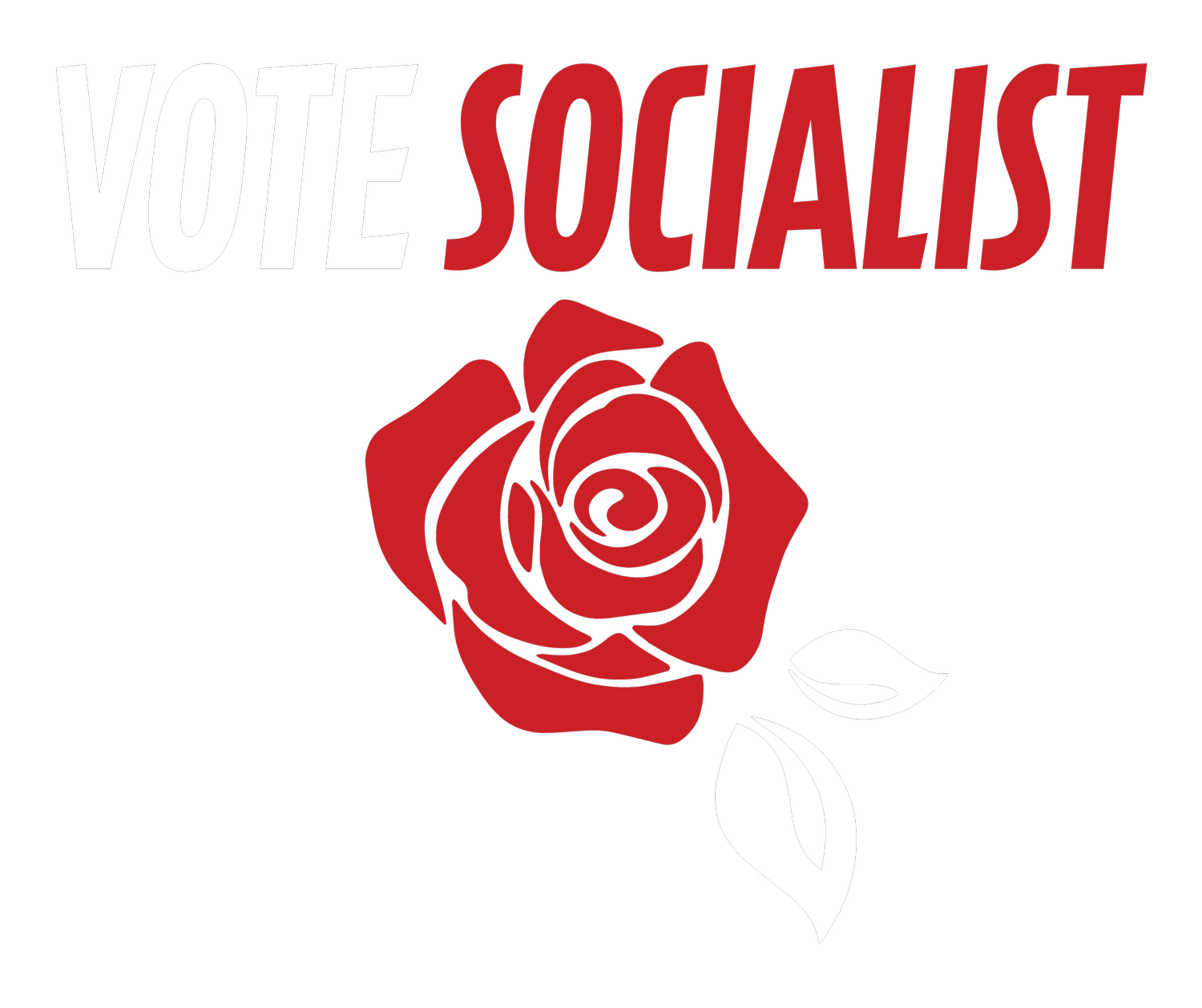City Infrastructure
Transforming the way city business is usually done
Policy Goal
Facilitate a transition away from neighbourhoods built to accommodate automobiles to walkable or cyclable communities by enhancing city infrastructure to improve safety for cyclists, pedestrians, and non-automobile electronic transportation options, while improving the accessibility of sidewalks and public buildings for those who use mobility aids; and ensure that all new residential developments are supported by essential civil services like libraries, schools, parks and recreation centres within reach of pedestrian traffic, funded by tax increases on developers.
Pathways to Change
Provide local residents, including First Nations, with the authority, training, and funding they need to secure, restore, and monitor the health of their local watersheds, while reducing the leverage and influence of government and corporate decision-makers who appear to have no personal stake in the health of local ecosystems;
Incorporate traditional Indigenous knowledge into all resource management;
Upgrade infrastructure such as sewers, water mains, roads, walkways, and accessible active transportation infrastructure (e.g., the Seawall and bike paths) to protect against extreme weather events and sea-level rise;
Widen sidewalks (4 m minimum) to allow safer and more accessible mobility as well as opportunities for rest and socializing.
Improve street lighting to improve public perception of safety, particularly for marginalized people;
Continue to monitor water quality, replace water mains and improve the quality of the water Network with the Union of BC Municipalities (UBCM), other municipalities, and TransLink to lobby the Provincial government to allow for broadened use of Community Amenity Contributions (CACs);
Increase fines and penalties for polluters of Vancouver waterways and fish habitats, and ensure that the clean-up of any industrial contamination is fully funded by the responsible party;Invest in permanent funding for watershed restoration and protection in order to enhance the viability of local ecosystems while reducing the impact of extreme weather events, flooding, and other dangerous impacts of climate change;
Promote “depaving” to remove unused asphalt and replace it with local plant species to reduce heat-island effects, improve stormwater drainage and filter pollutants, reduce local flooding, and improve biodiversity;
Leverage grassroots innovation and collective decision-making by community stakeholders to become an adaptive city by reusing buildings, and investing in under or over-looked city spaces for artistic, musical, or cultural expression.
Resources
Note: The resources on each of our policy pages are a starting point for learning about various issues and organizations doing work in these areas. This is not a comprehensive list and VOTE Socialist is not affiliated with the organizations listed here. We hope that these resources will help you reflect on and consider community engagement with the pathways to change suggested. We organize and lead with courage not fear, with transformative vision not limits. Vote on October 15!
Learn more about a US group that wants to create community-powered public spaces: Project for Public Spaces
Learn more about the City’s Community Amenity Contributions plan: https://vancouver.ca/home-property-development/community-amenity-contributions.aspx
How the province says it is helping cities prepare - are they?: Climate Preparedness and Adaptation Strategy
